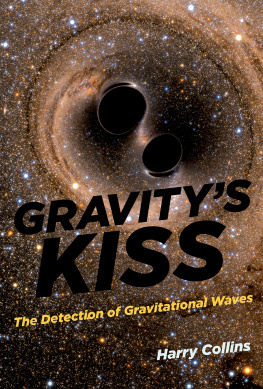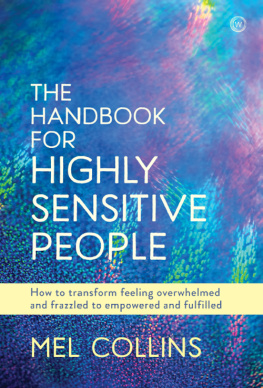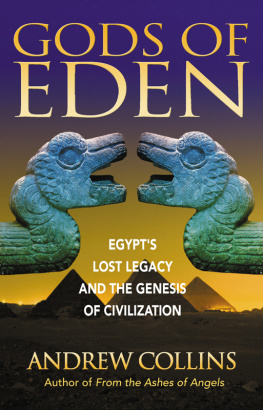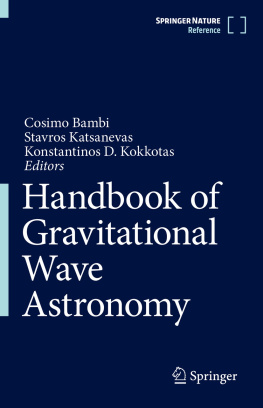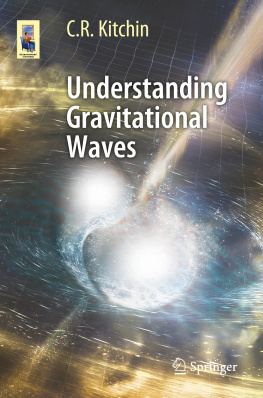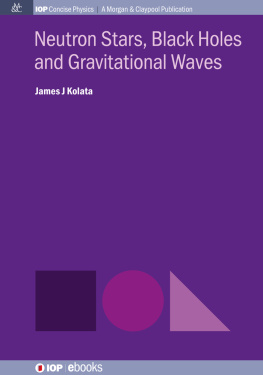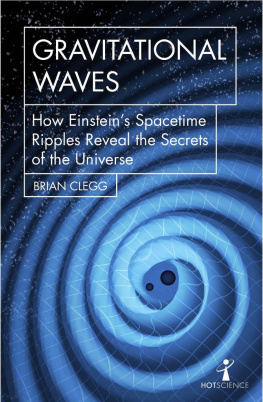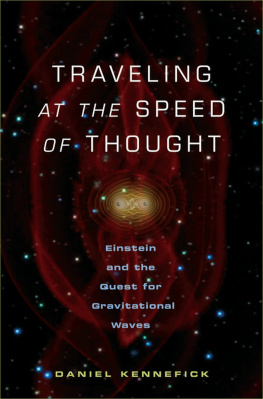Gravitys Kiss
Gravitys Kiss
The Detection of Gravitational Waves
Harry Collins
The MIT Press
Cambridge, Massachusetts
London, England
All rights reserved. No part of this book may be reproduced in any form by any electronic or mechanical means (including photocopying, recording, or information storage and retrieval) without permission in writing from the publisher.
Library of Congress Cataloging-in-Publication Data
Names: Collins, H. M. (Harry M.), 1943
Title: Gravitys kiss : the detection of gravitational waves / Harry Collins.
Other titles: Detection of gravitational waves
Description: Cambridge, MA : The MIT Press, [2017] | Includes bibliographical
references and index.
Identifiers: LCCN 2016035193 | ISBN 9780262036184 (hardcover : alk. paper)
Subjects: LCSH : Gravitational waves--Research. | General relativity (Physics)
Classification: LCC QC179 . C647 2017 | DDC 539.7/54 --dc23 LC record available at https://lccn.loc.gov/2016035193
EPUB Version 1.0
For Osh and Elsa
Contents
1The First Week
We Have Coherence
It is September 14, 2015, and I am in my study sitting on the sofa with my laptop on my kneesthe way I spend most of my waking life these days, as I prefer to work from home. Its evening and I am idly reading the subject lines of the dozens of emails that come in every day. The largest number come from the gravitational wave community, and I usually delete them without reading. Ive been working with this community for over four decades now, longer than all the active gravitational wave scientists except one. Once every six months or so I might save a short string of these emails in a folder, in case they turn out later to be of interest. I study how science is actually done in real time.
One email catches my eye. The subject line is Very interesting event on ER 8. It had come in around noon, British Summer Time. The email says that the interesting event has been seen by the c WB analysis pipeline. The abbreviation c WB stands for coherent wave burst and the Burst Group, which developed the pipeline and is tasked with finding bursts of gravitational waves without basing the search on preconceived waveforms. The c WB pipeline, then, has just detected something that looks like an interesting burst of waves. A pipeline is a mathematical/statistical procedure that is applied to the torrent of data that pours out of the interferometric detectors; different groups operate different pipelines based on different principlesthey may have more than one eachto monitor the data streams and automatically search for anything that looks like a gravitational wave signal. When the machines are running smoothly there could be a few alerts per week.
The email I have noticed is addressed primarily to the CBC Group but also to other groups. CBC stands for compact binary coalescence. This is the group tasked with analyzing gravitational wave signals that come from binary stars at the end of their livesthe signals emitted in the last mad second or so of inspiral, when the pair of stars, as with a skater drawing in her arms, start to rotate faster and faster around each other until they merge into one heavier star. The theory says these systems will emit a burst of gravitational waves that, in the last moments of rotation, as the new star that is born out of the merger reverberates with cosmic passion, might be strong enough to have a chance of being sensed by the exquisite machines that humans have placed on Earth to catch them. These inspirals and mergers can be modeled, though the exact waveform depends on the mass of each component in the inspiral and the way they are spinning; there is an almost infinite number of possible combinations, and when the CBC pipeline, as opposed to the c WB pipeline, looks for a gravitational wave it looks for close similarity to one of the 250,000 possible models in its template bank. The template bank divides the indefinite world of potential into detectable actuality. Here is that first email, which comes from Marco Drago:
Mon., Sept. 14, 2015, 11:56 (all times are British Summer Time until October 25, when they move to Greenwich Mean Time)
Hi all, cWB has put on gracedb a very interesting event in the last hour.https://gracedb.ligo.org/events/view/G184098
This is the CED: https://ldas-jobs.ligo.caltech.edu/~waveburst/online/ER8_LH_ONLINE/JOBS/112625/1126259540-1126259600/OUTPUT_CED/ced_1126259420_180_1126259540-1126259600_slag0_lag0_1_job1/L1H1_1126259461.750_1126259461.750/
Qscan made by Andy: https://ldas-jobs.ligo.caltech.edu/~lundgren/wdq/L1_1126259462.3910/ https://ldas-jobs.ligo.caltech.edu/~lundgren/wdq/H1_1126259462.3910/
It is not flag as an hardware injection, as we understand after some fast investigation. Someone can confirm that is not an hardware injection?
Grace DB , by the way, is the Gravitational wave candidate database. It is the web page that shows events of potential interest, and it mostly logs things automatically so long as it is triggered by the events extracted from the pipelines that surpass a certain threshold. But it logs a lot of events, none of which has ever turned out to be a genuine gravitational wave.
To be reading these emails you need to be part of a select group, and to access the URL s you need a password, which, as far as I know, outside of the scientists, only I possess. The select group is known as the LIGO Virgo collaboration or LVC . It is the group based around the Laser Interferometer Gravitational-wave Observatory ( LIGO ) and Virgo. LIGO has two four-kilometer interferometers in the United States, while Virgo is a FrenchItalian collaboration with one three-kilometer interferometer near Pisa (which was not online at the time of the putative signal). But there are 1,000 or more scientists involved located all over the world. I look at the websites and see certain traces that appear to be large and appear to coincide in time on the two great interferometric detectorsL1 and H1located 2,000 miles apart in Louisiana and Washington State, L1 therefore being southeast of H1. But Im not that excited, because stuff like this comes up all the time: the detectors are so sensitive that they are always jiggling about and creating false alarms. Weve been waiting fifty years to see a gravitational wave and it is pretty unlikely that this is it.
The next email, which comes twenty minutes later, though it again does not get me very excited, at least makes me think I probably will save this string of emails in its own folder. This email says: this is a nice inspiral with Mchirp = 27 Mo. The implication is that the analysis of the shape of the waveformits relatively low frequency and ringdown profileindicates that combined objects with a total mass of considerably more than 27 of our suns have been involved. This means that at least one of them, and probably both, must be a black hole, since the largest possible mass for a compact star other than a black hole is around 2.5 that of our Sun (stars can be bigger if they are still burning fuel to fight the pull of gravitational collapse). If they are both good-sized black holes, then the theory says that a lot of gravitational wave energy will be emitted when they merge, and this makes it more plausible that this could be a real detection.
Two minutes later I receive:
According to the LLO injection logs, the last successful injection attempt was 1125400499 (Sep 04 2015 11:14:42 UTC). I looked at the LLO injection schedule around the time listed in Andys Q-scan: 1126259462. Here are the nearest scheduled (burst) injections:
1126240499 2 1.0 hwinj_1126240499_2_ 1126270499 2 1.0 hwinj_1126270499_2_

